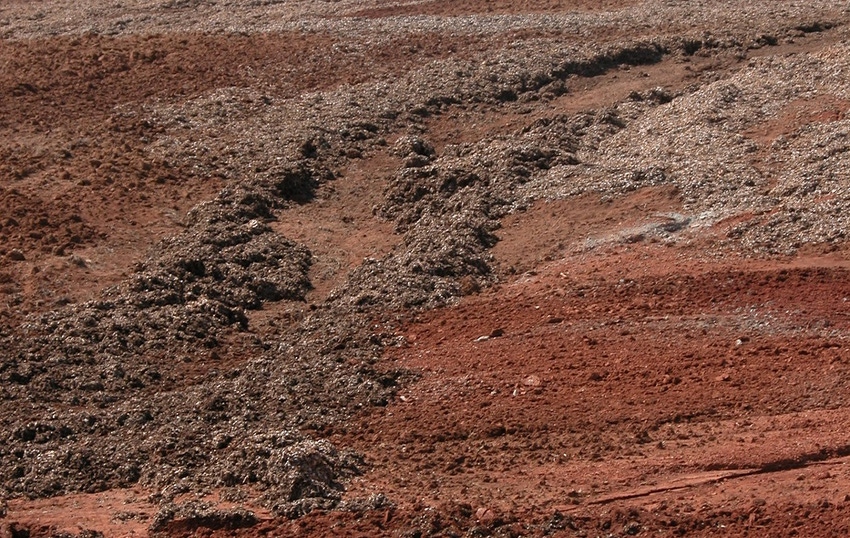
For many row crop farmers, the blush is off the rose.
For the past 60 or 70 years farmers have seen a long parade of new technologies and materials guaranteed to make their profession more productive and less laborious. Production per acre and per man hour has increased dramatically. Very little attention, by either the universities or by the ag press, was paid to factors other than production. Profitability was seldom included in the sales pitches promoting new methods and materials. Increased productivity was and still is widely believed to automatically bring about improved profitability.
The advent of affordable mechanized farm equipment made frequent tillage feasible and so allowed the growth of the practice of "clean tillage" which could control "moisture-stealing" weeds and produce a "fine" seedbed free of crop residue and easy to plant.
High-analysis fertilizers, chemical weed control, and powerful new insecticides and fungicides all contributed to large gains in productivity. They also contributed to very large increases in the amount of money farmers routinely put at risk to buy these inputs. It is not uncommon today to see farmers spend as much money to put in a crop as it would have taken to buy the farm not terribly long ago.
The fiscal risk is easy enough to see but all of these practices also carry a cost that is harder to valuate. They all cause a decrease in the biological capital, which is the health of the soil-plant-animal complex of cropland. As biological capital was used up, the need for inputs increased and fiscal profitability became ever harder to achieve.
The combination of higher risk, both monetary and agronomic, has increased numbers of farmers looking seriously at converting cropland to pasture. To me this is a good thing. Properly managed pasture is a completely feasible way to produce profit while improving the health of the land; the gross income may be less but the net income -- even if we don't count biological gains -- often will be higher.
The operative phrase is "properly managed." For pasture to compete with cultivated crops, financially, an understanding of what is required to produce and maintain profitable pasture is critical. Much of the production of modern industrial-style agriculture, including that practiced on pasture, has come at the expense of soil health and biodiversity.
The place to start in regenerating healthy grassland is to look at the physical, biologic and chemical state of most of our cropland. Much of the land that has been in cultivation will have poor physical structure, both on the surface and at depth. Its abilities to take in and store both water and air are limited and internal drainage is poor. These soils will have a majority of the mineral nutrients present as one of two forms:
1. Highly reactive (chemical fertilizer) and thus subject to loss by leaching.
2. Non reactive and thus not available to plants.
High amounts of reactive fertilizers are toxic or adverse to most kinds of soil life. Long-cultivated soil will have low organic matter content and thus low amounts of soil life. Most of the highly productive perennial native forage plants we would like to see in pasture rely on beneficial relationships with soil life and are at a distinct disadvantage to low seral plants (weeds) when soil life is lacking. This relationship is so important to high-seral forage plants, which require good growing conditions, that they contribute much of the carbohydrate they manufacture by photosynthesis to soil life as root exudates. Planting high-seral plants into the degraded conditions found in most cultivated soils is not apt to yield good results.
I have seen recommendations from academia suggesting that native grasses be planted and managed just as you would a corn crop: Put down highly available fertilizers as per soil test, till up a clean fine seedbed, and use herbicides to control weeds. All of these practices will work against building the conditions needed in a healthy grassland.
I would suggest instead that the regeneration process be started by halting tillage, acid-salt fertilizers, and pesticides of all kinds. Plant a wide variety of warm- and cool-season plants: legumes, low-seral grasses, and forage forbs and utilize this sward with livestock. Grazing at high stock density will speed up the process tremendously. As life comes back to the soil, we can think about adding the high-seral plants.
About the Author(s)
You May Also Like




